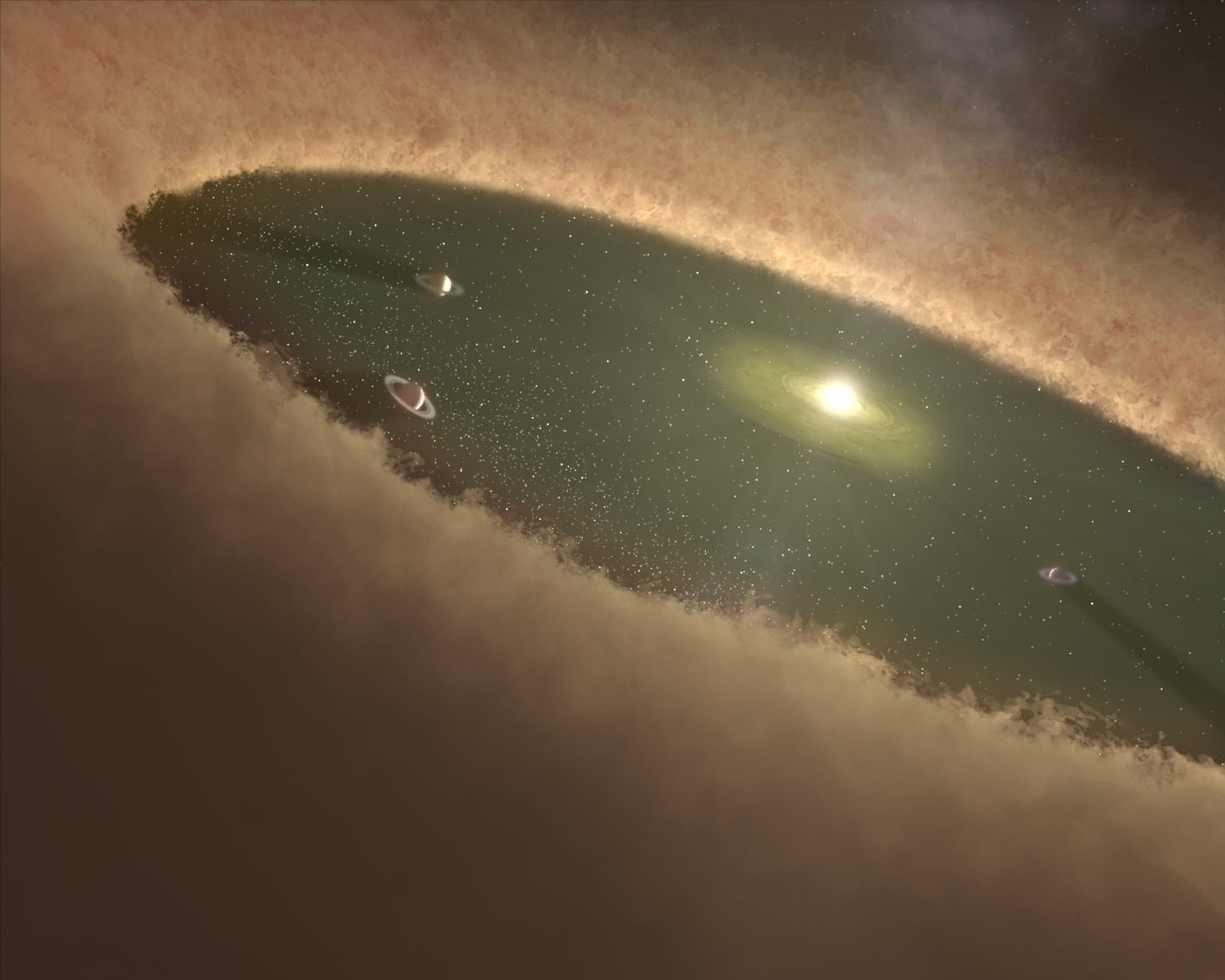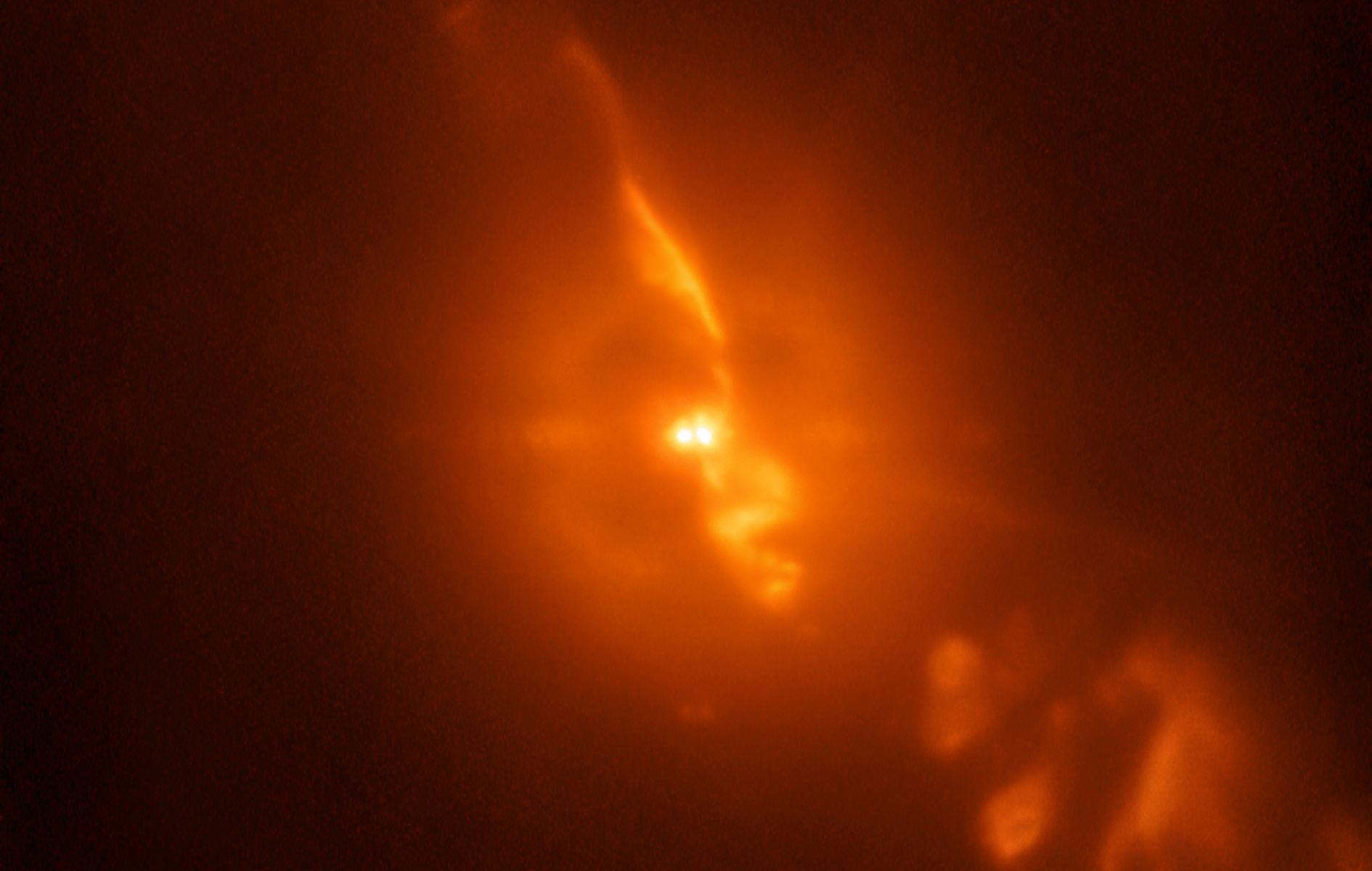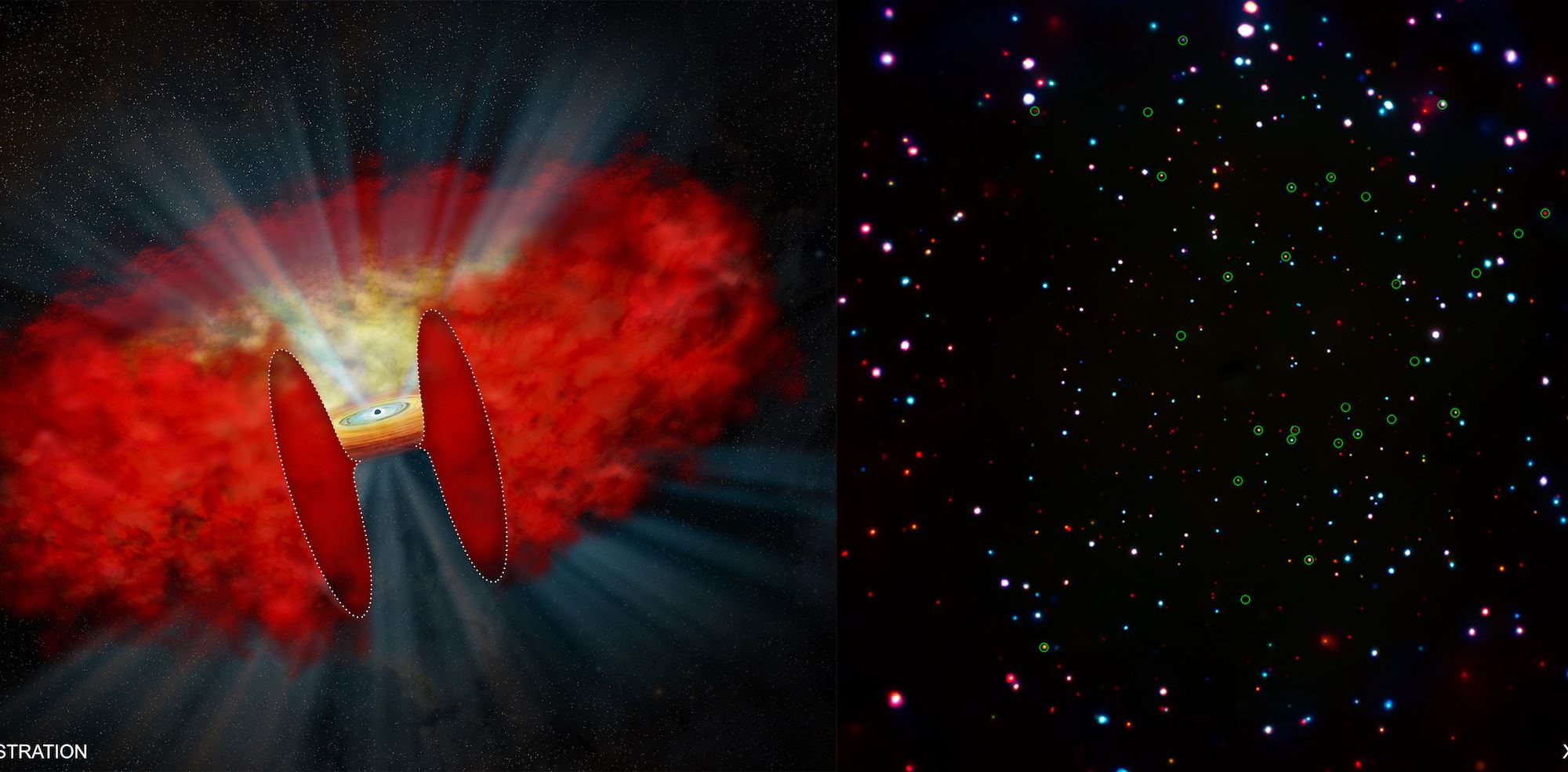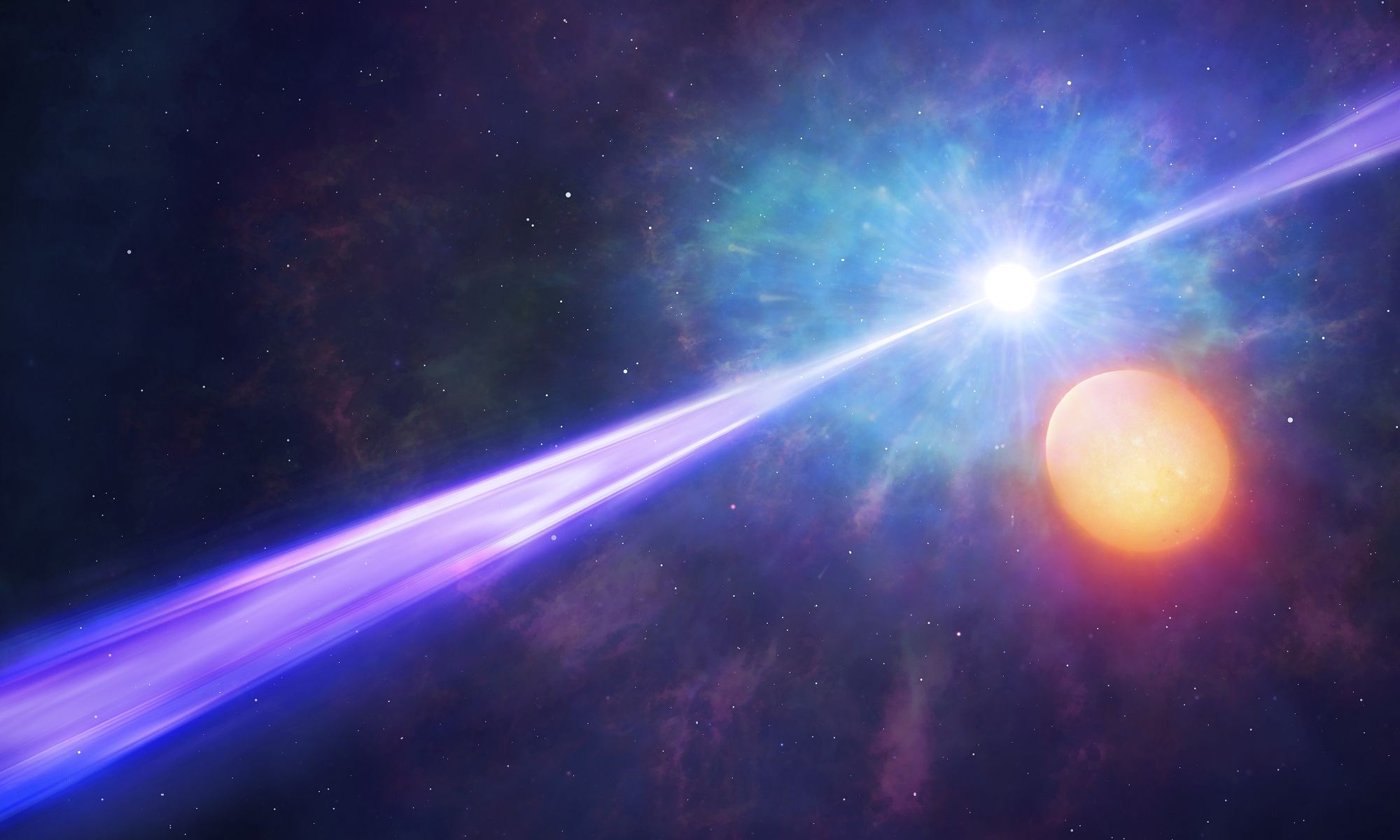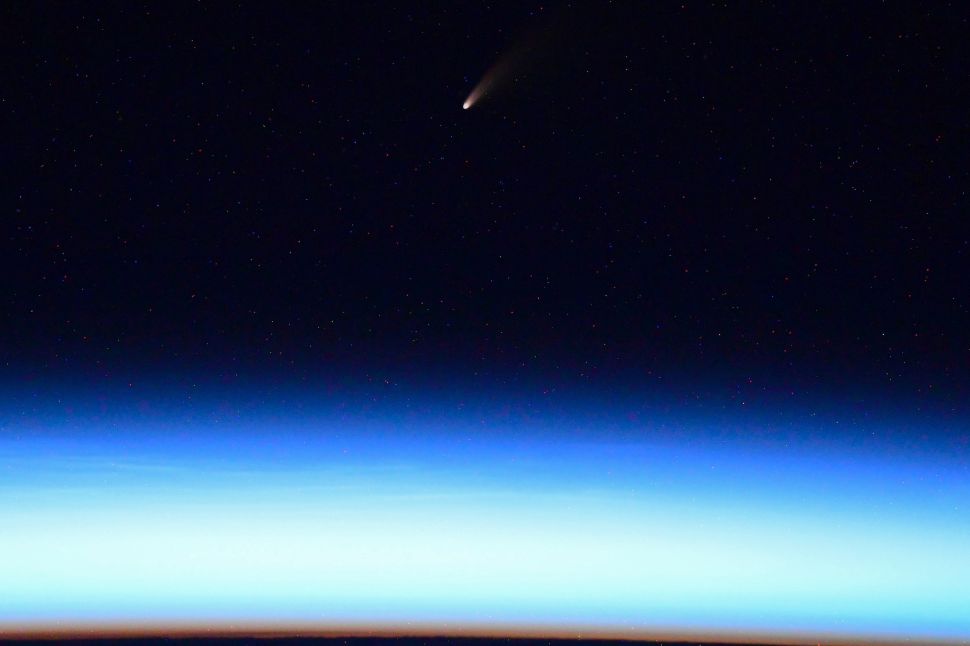Protoplanetary disks – where young stars are forming their families of planets – usually form concentric rings of gaps. But astronomers have recently spotted a surprising situation: an adolescent star surrounded by galaxy-like spiral arms.
Continue reading “Newly forming star has spiral arms like a tiny galaxy”Newly forming star has spiral arms like a tiny galaxy
